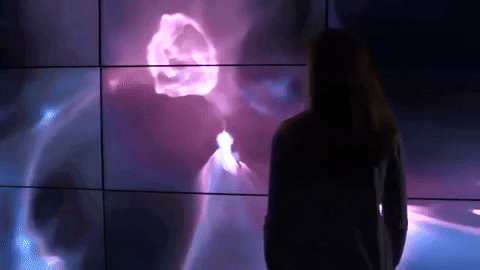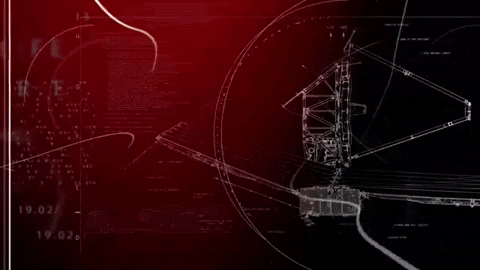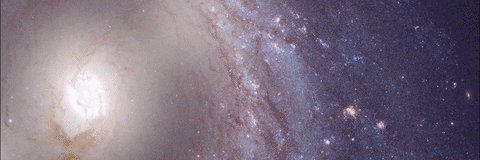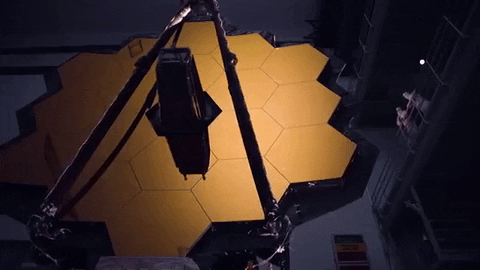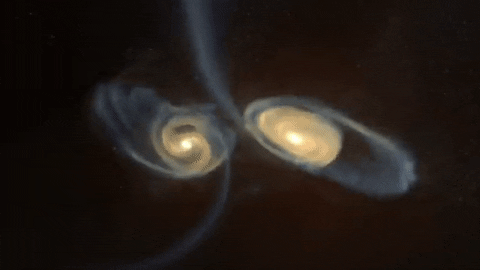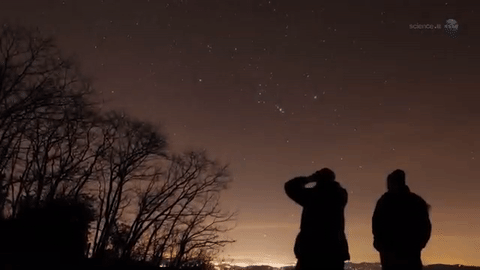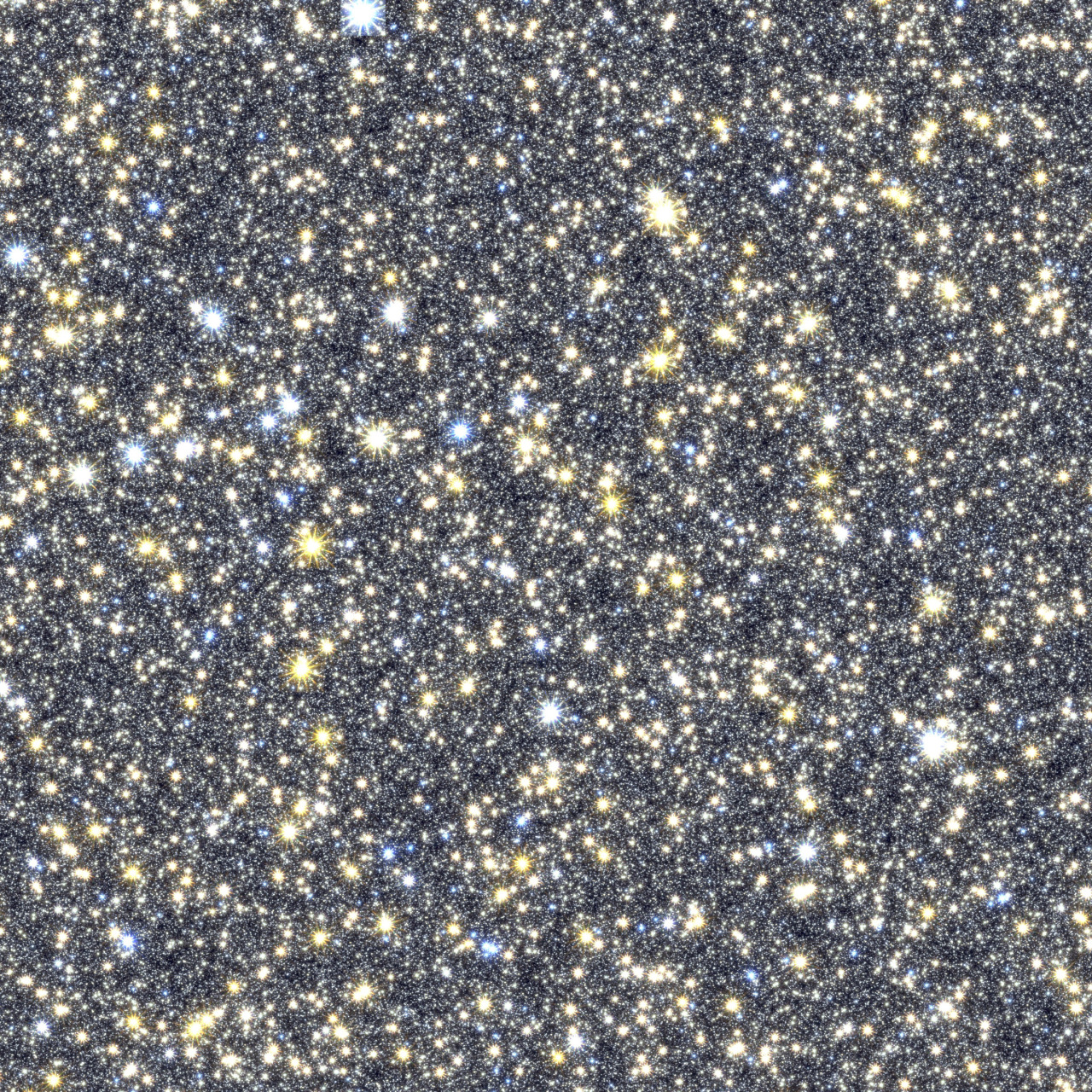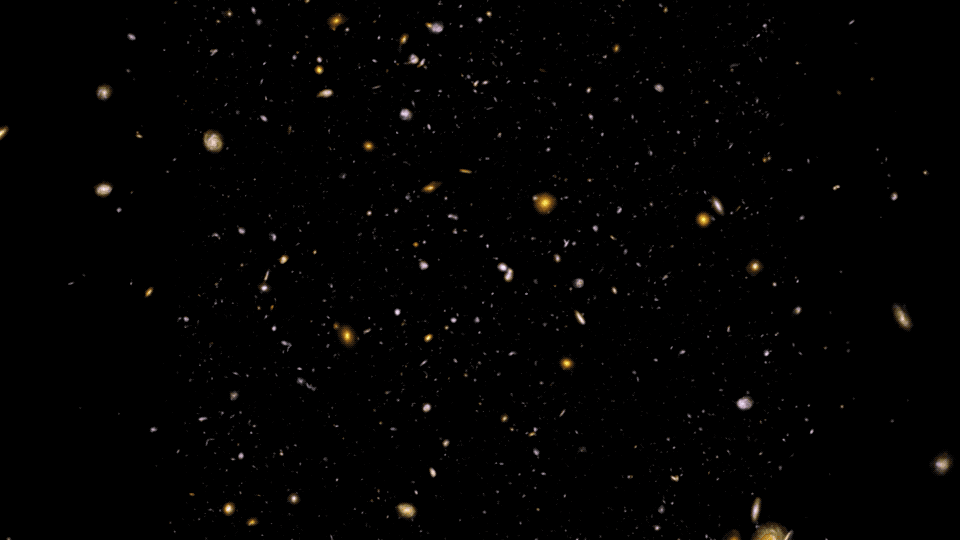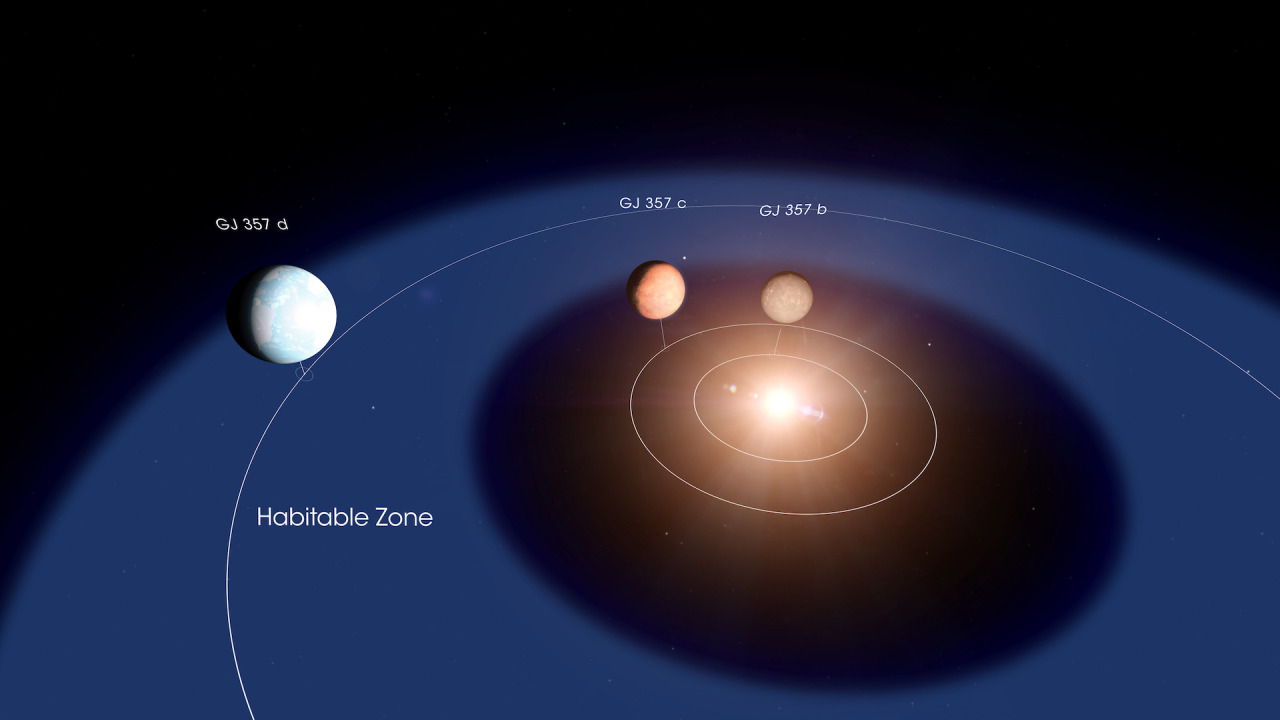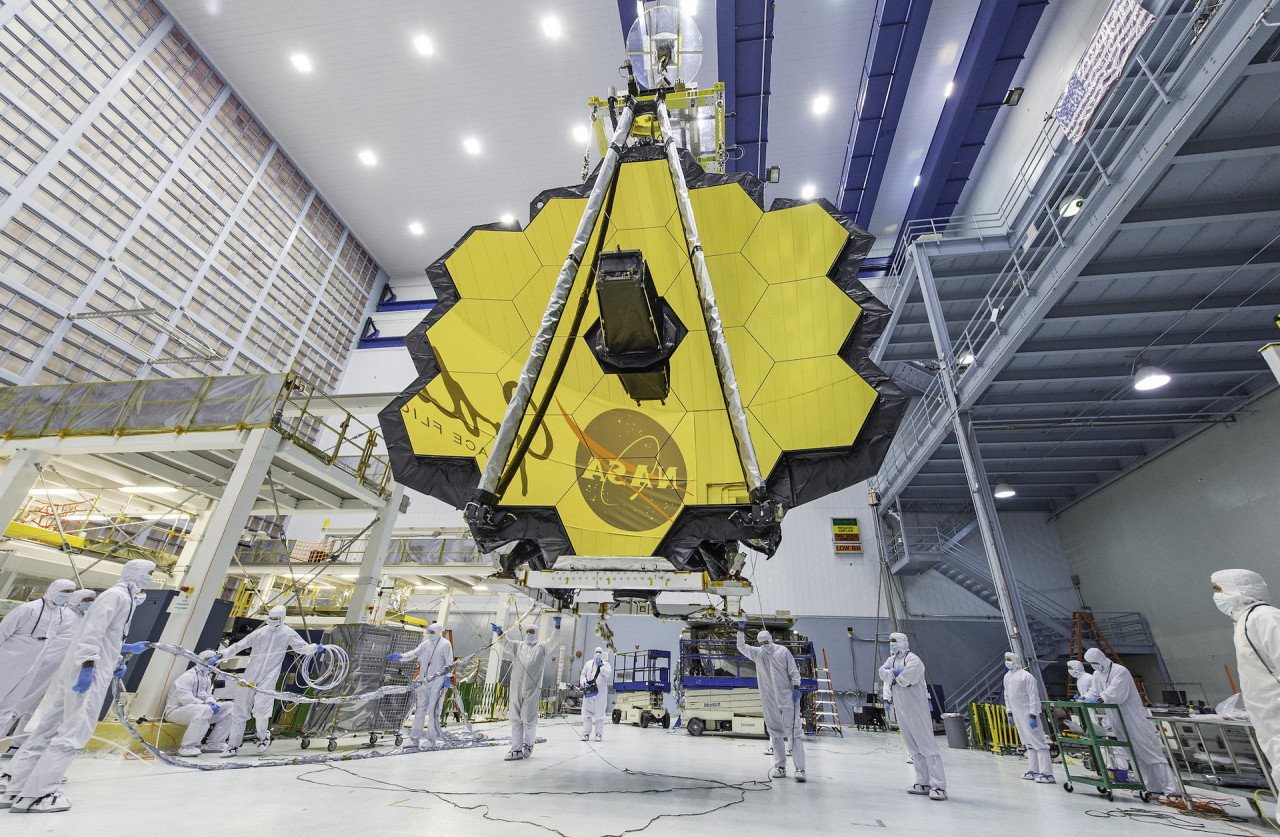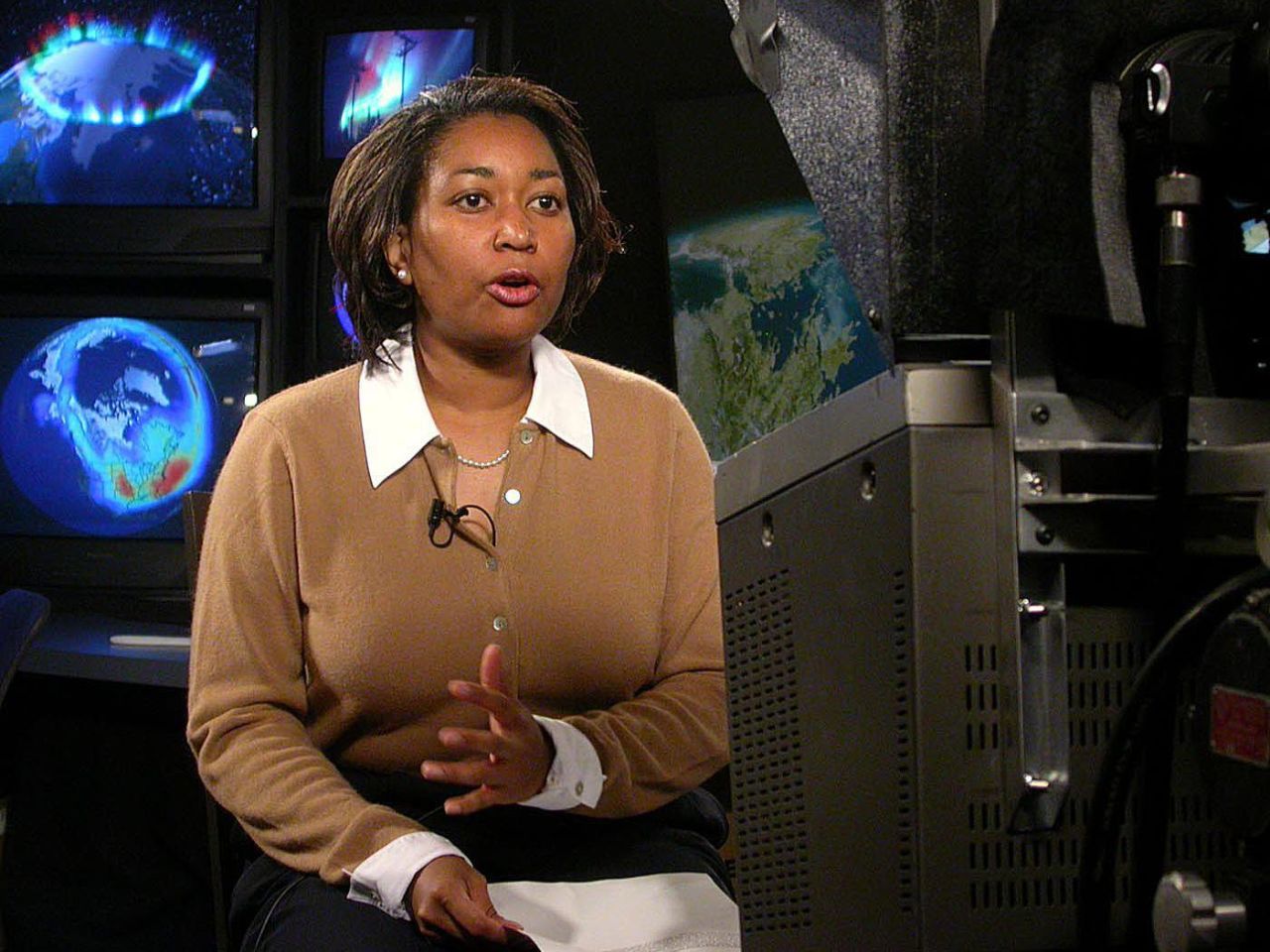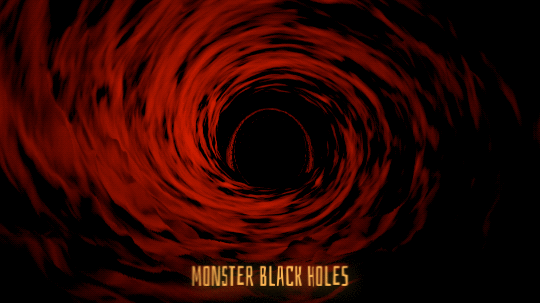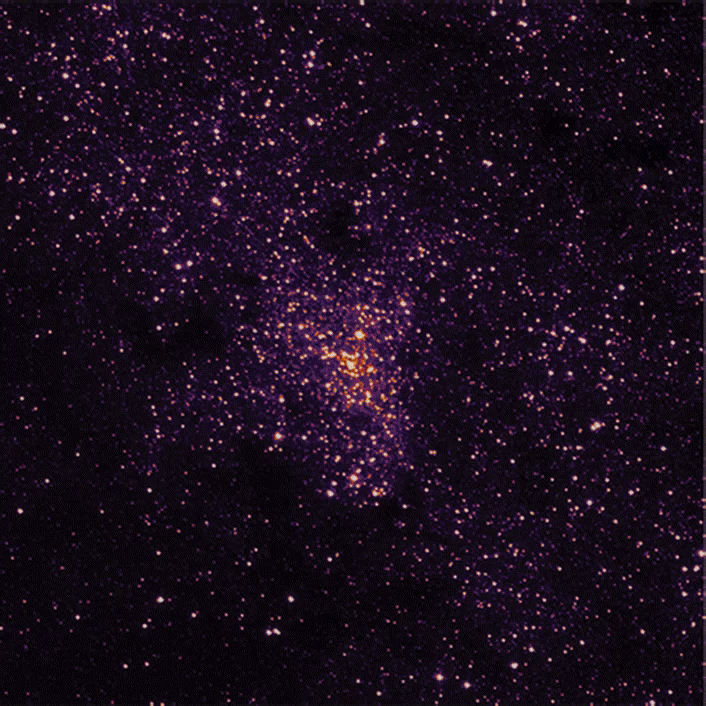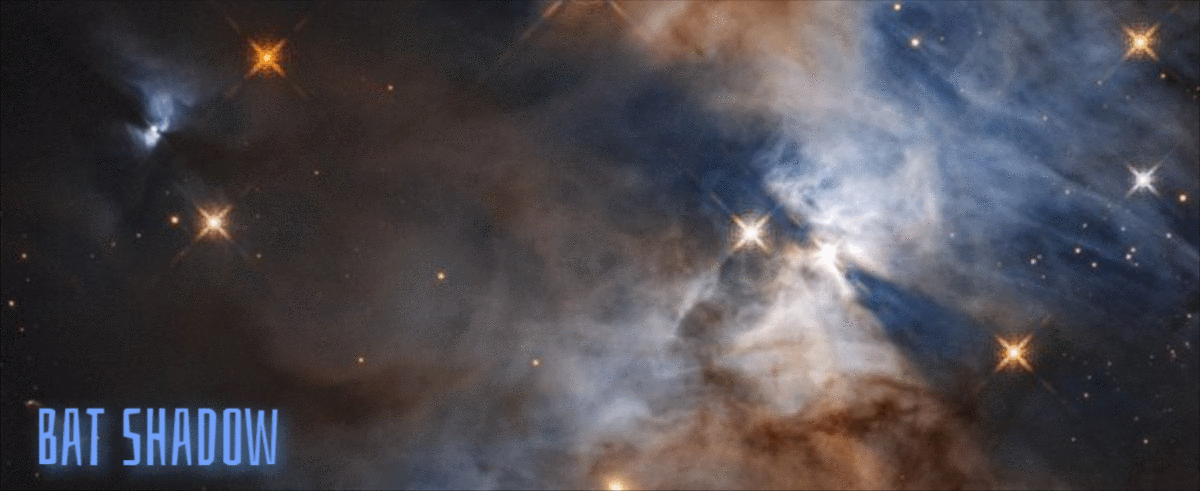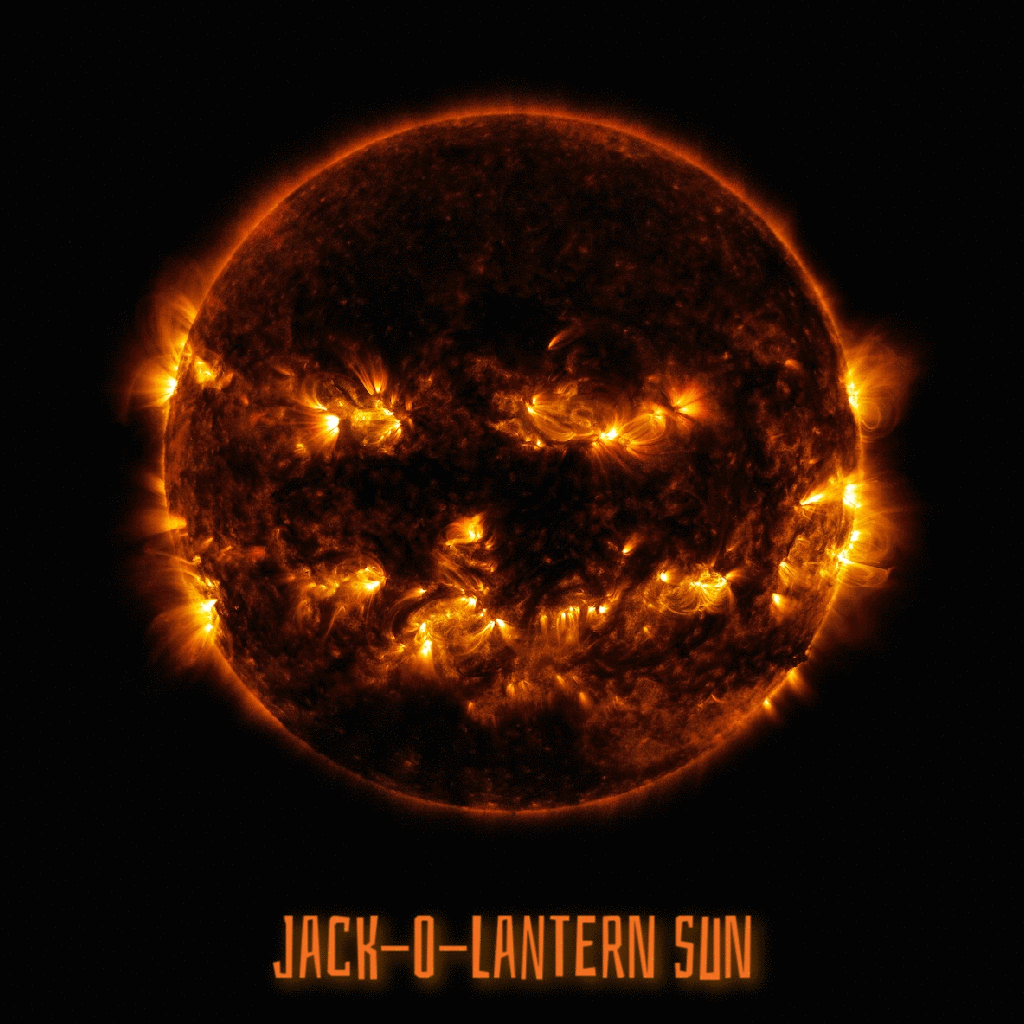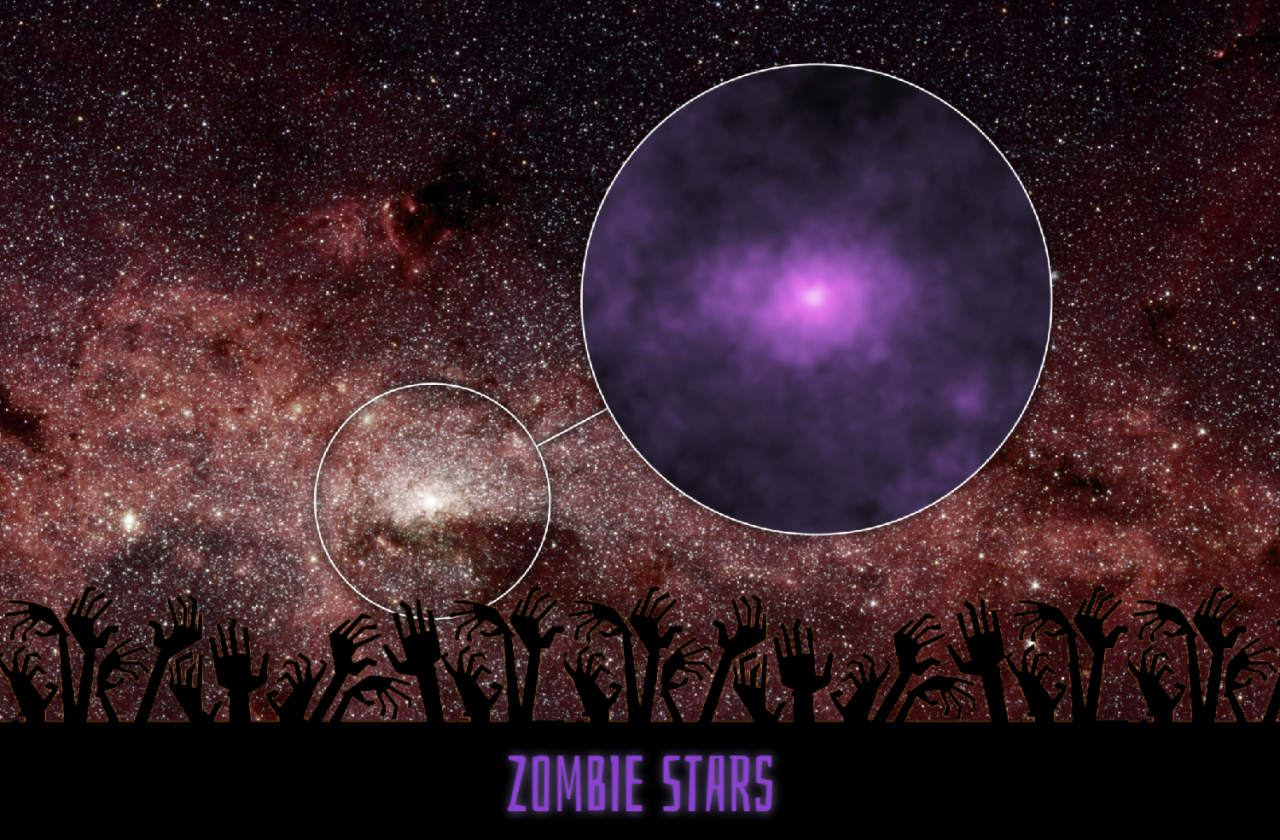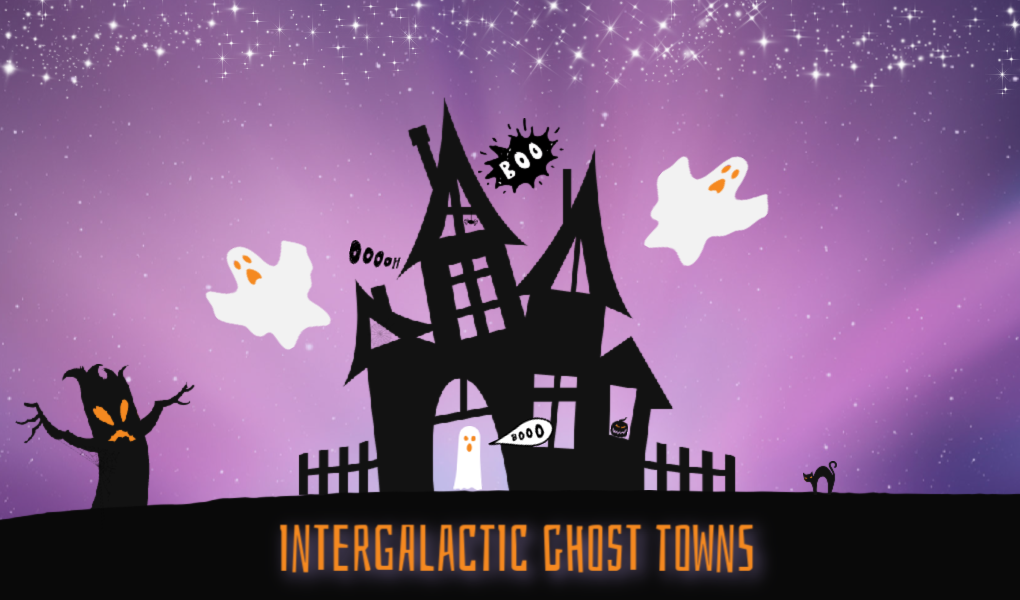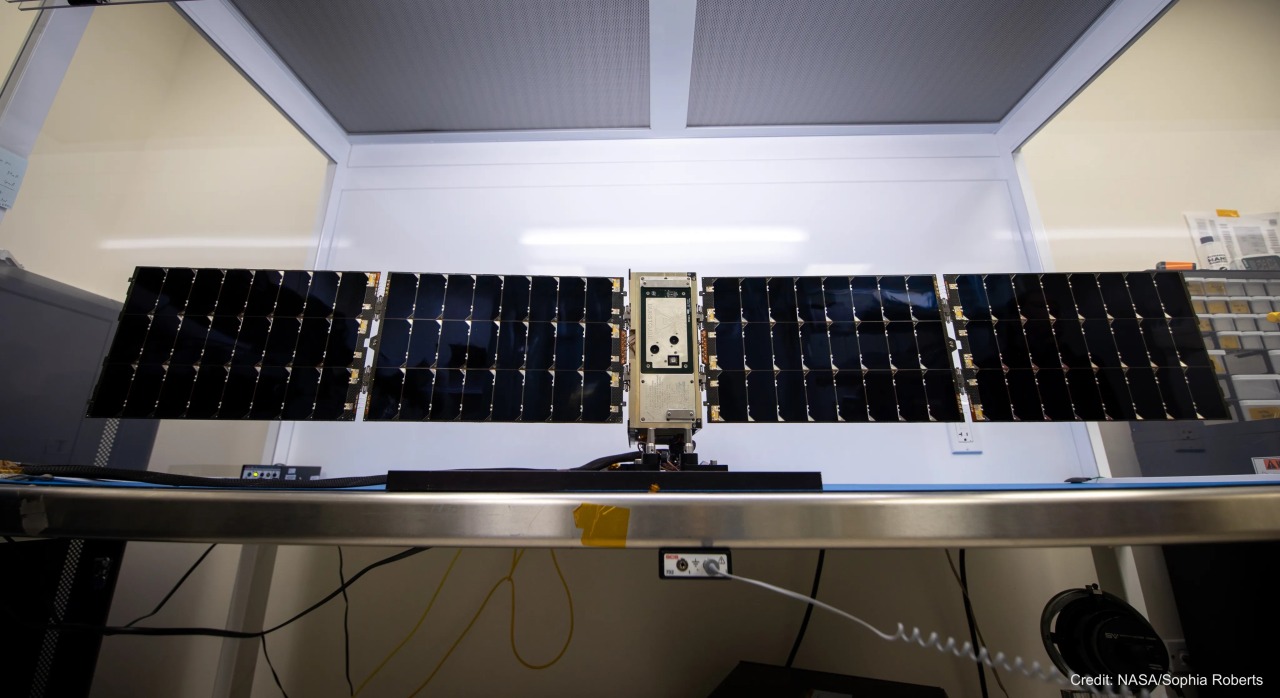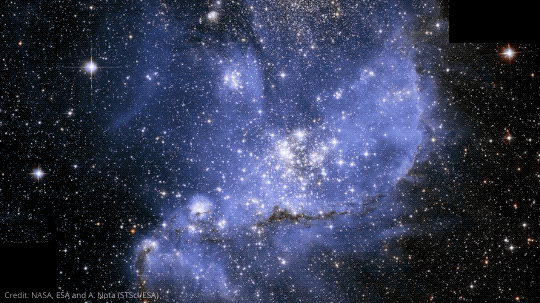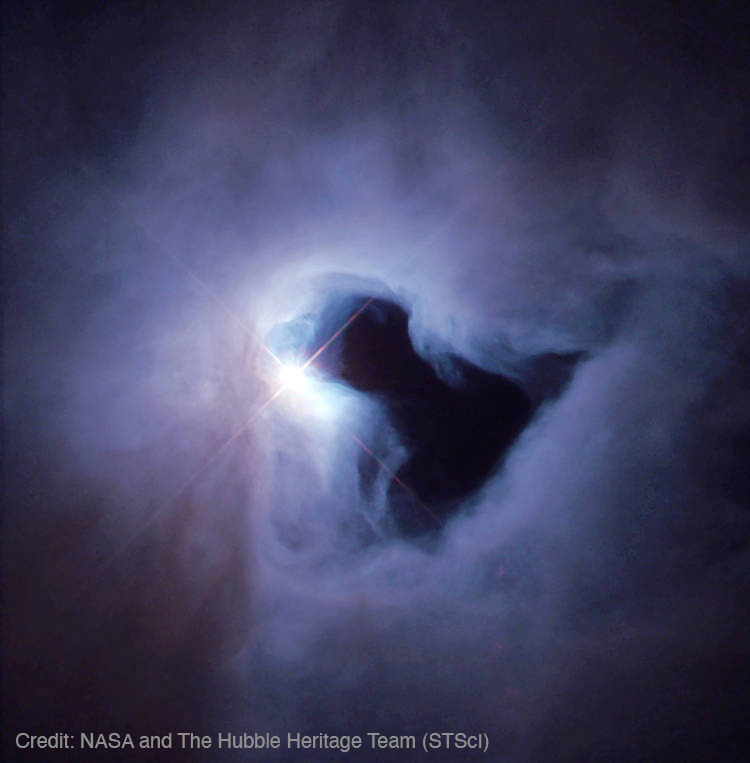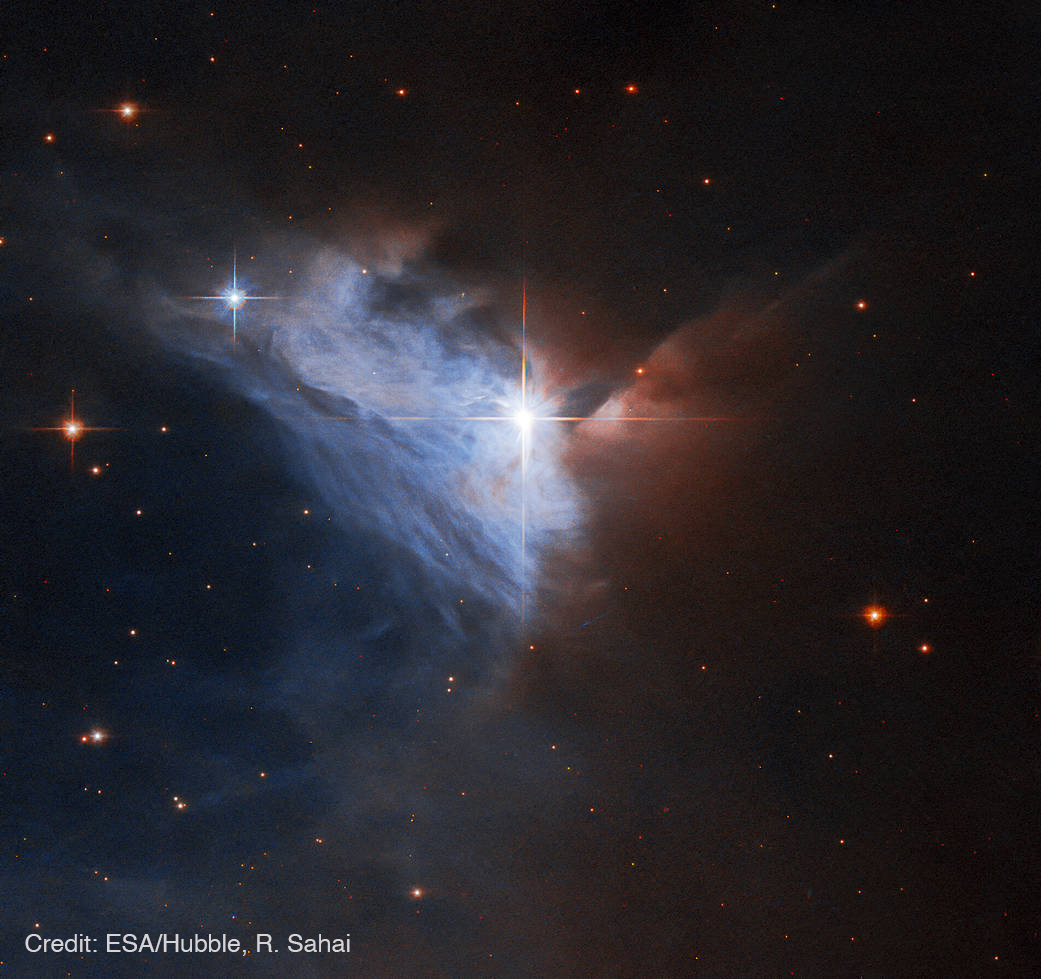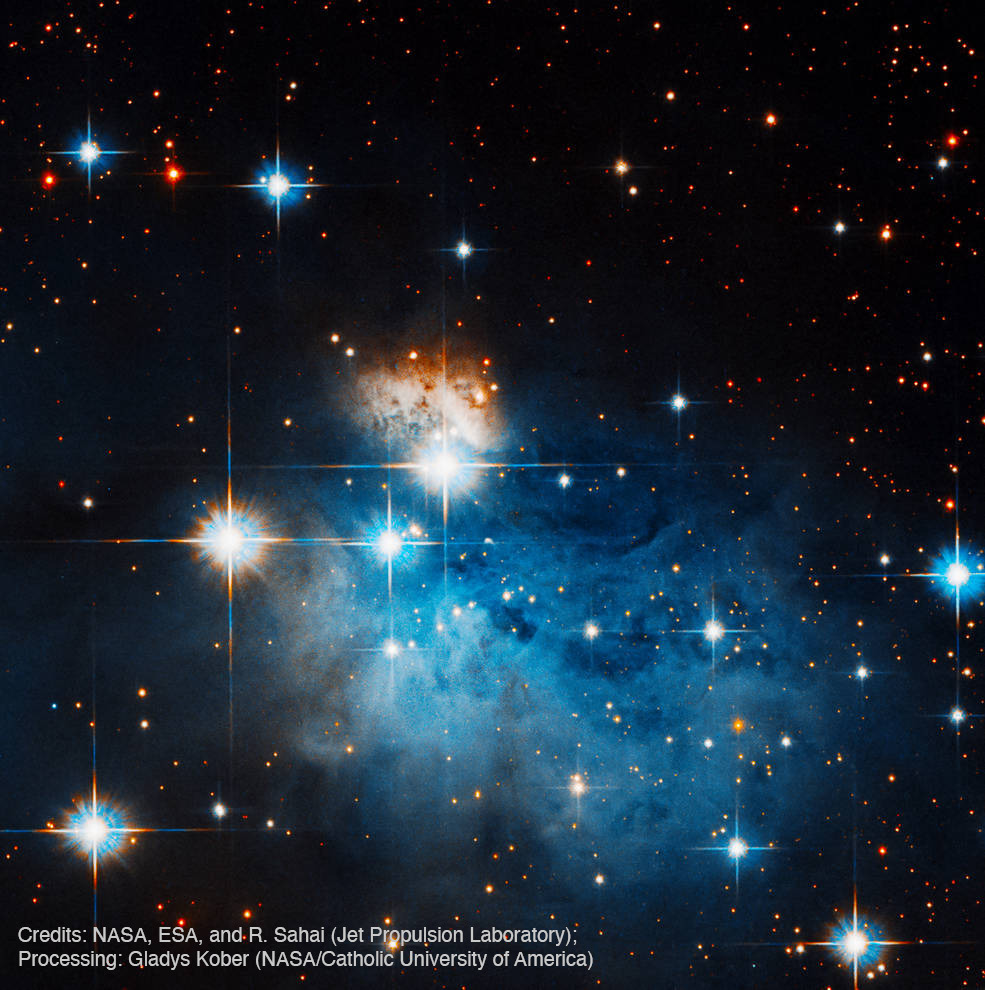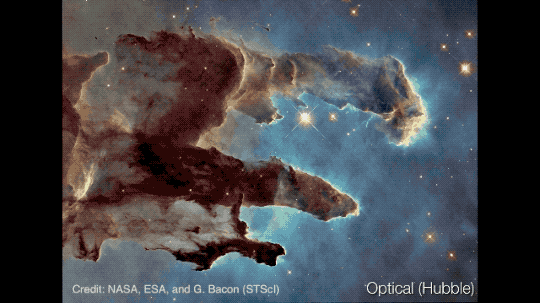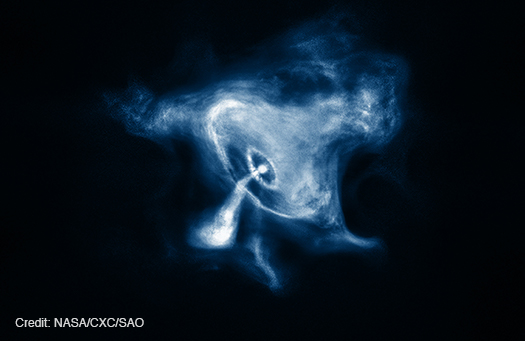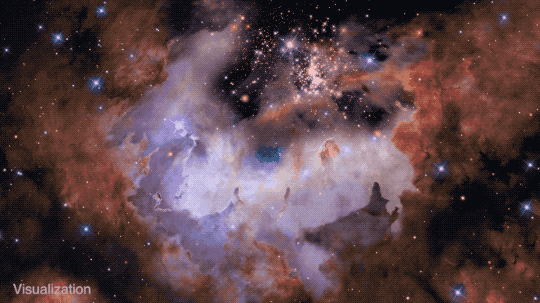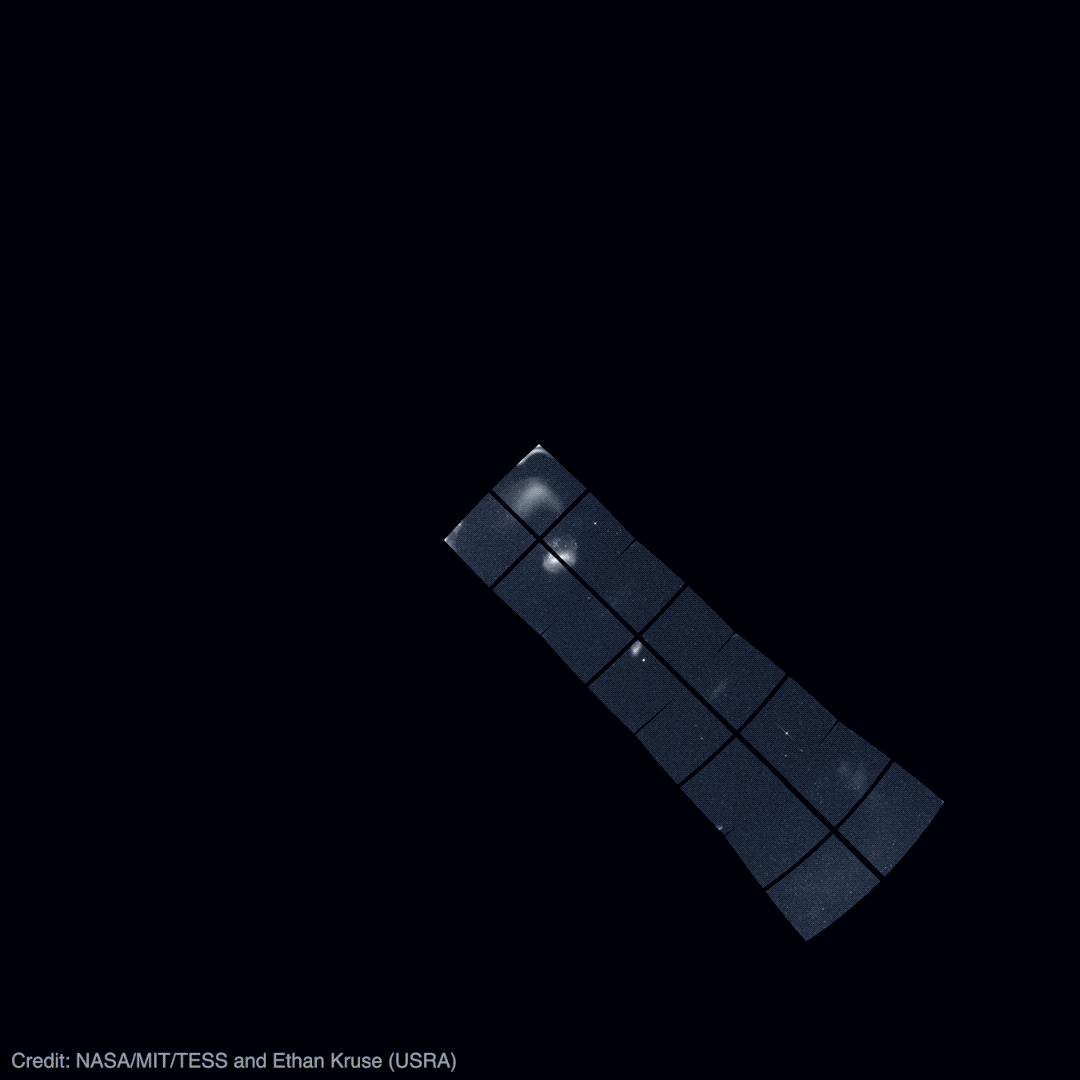How Do You Solve a Problem Like Dark Energy?
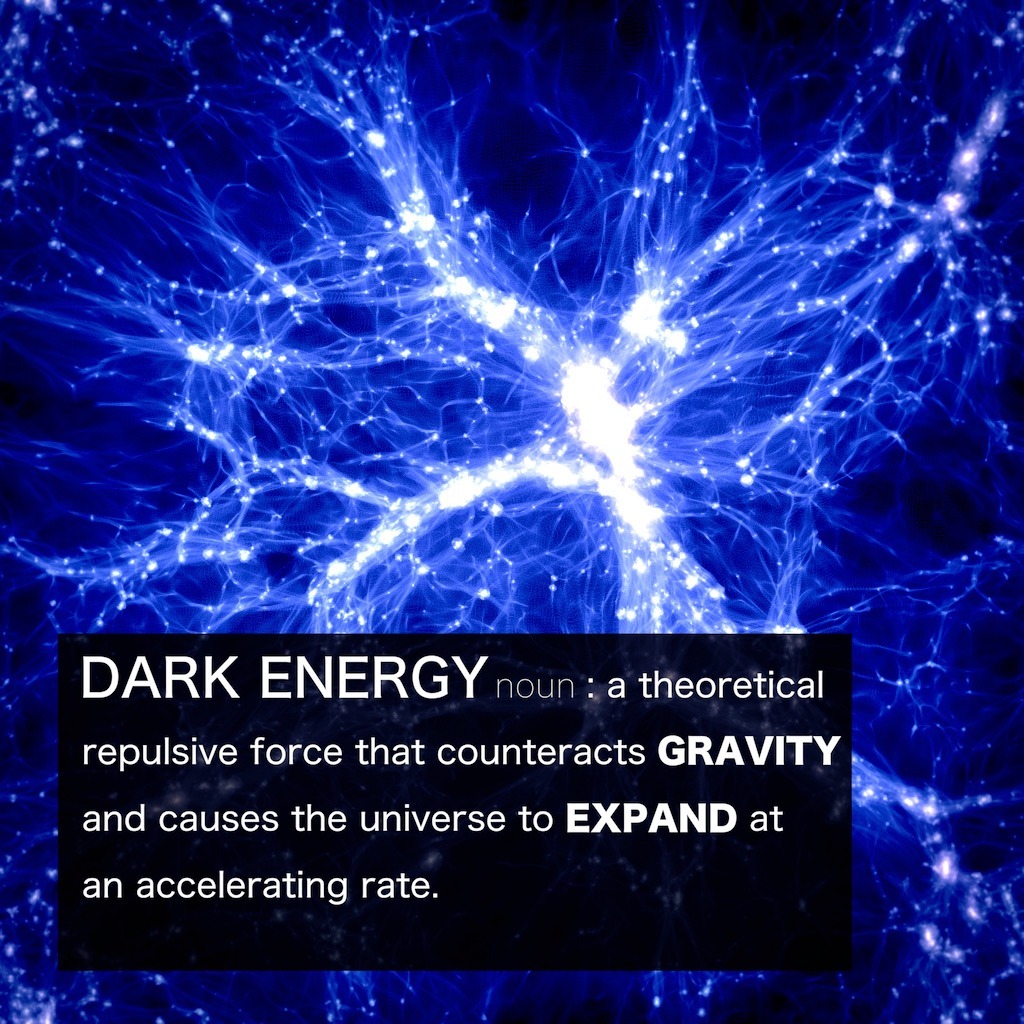
Here’s the deal — the universe is expanding. Not only that, but it’s expanding faster and faster due to the presence of a mysterious substance scientists have named “dark energy.”
But before we get to dark energy, let’s first talk a bit about the expanding cosmos. It started with the big bang — when the universe started expanding from a hot, dense state about 13.8 billion years ago. Our universe has been getting bigger and bigger ever since. Nearly every galaxy we look at is zipping away from us, caught up in that expansion!

The expansion, though, is even weirder than you might imagine. Things aren’t actually moving away from each other. Instead, the space between them is getting larger.
Imagine that you and a friend were standing next to each other. Just standing there, but the floor between you was growing. You two aren’t technically moving, but you see each other moving away. That’s what’s happening with the galaxies (and everything else) in our cosmos … in ALL directions!

Astronomers expected the expansion to slow down over time. Why? In a word: gravity. Anything that has mass or energy has gravity, and gravity tries to pull stuff together. Plus, it works over the longest distances. Even you, reading this, exert a gravitational tug on the farthest galaxy in the universe! It’s a tiny tug, but a tug nonetheless.
As the space between galaxies grows, gravity is trying to tug the galaxies back together — which should slow down the expansion. So, if we measure the distance of faraway galaxies over time, we should be able to detect if the universe’s growth rate slows down.
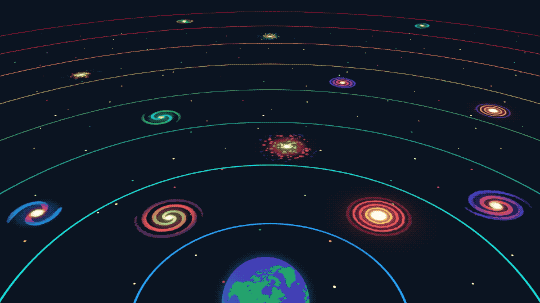
But in 1998, a group of astronomers measured the distance and velocity of a number of galaxies using bright, exploding stars as their “yardstick.” They found out that the expansion was getting faster.
Not slowing down.
Speeding up.

⬆️ This graphic illustrates the history of our expanding universe. We do see some slowing down of the expansion (the uphill part of the graph, where the roller coaster is slowing down). However, at some point, dark energy overtakes gravity and the expansion speeds up (the downhill on the graph). It’s like our universe is on a giant roller coaster ride, but we’re not sure how steep the hill is!

Other researchers also started looking for signs of accelerated expansion. And they found it — everywhere. They saw it when they looked at individual stars. They saw it in large scale structures of the universe, like galaxies, galaxy groups and clusters. They even saw it when they looked at the cosmic microwave background (that’s what’s in this image), a “baby picture” of the universe from just a few hundred thousand years after the big bang.
If you thought the roller coaster was wild, hold on because things are about to get really weird.
Clearly, we were missing something. Gravity wasn’t the biggest influence on matter and energy across the largest scales of the universe. Something else was. The name we’ve given to that “something else” is dark energy.
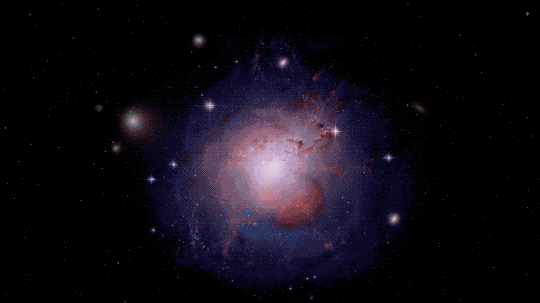
We don’t know exactly what dark energy is, and we’ve never detected it directly. But we do know there is a lot of it. A lot. If you summed up all the “stuff” in the universe — normal matter (the stuff we can touch or observe directly), dark matter, and dark energy — dark energy would make up more than two-thirds of what is out there.
That’s a lot of our universe to have escaped detection!
Researchers have come up with a few dark energy possibilities. Einstein discarded an idea from his theory of general relativity about an intrinsic property of space itself. It could be that this bit of theory got dark energy right after all. Perhaps instead there is some strange kind of energy-fluid that fills space. It could even be that we need to tweak Einstein’s theory of gravity to work at the largest scales.
We’ll have to stay tuned as researchers work this out.

Our Wide Field Infrared Survey Telescope (WFIRST) — planned to launch in the mid-2020s — will be helping with the task of unraveling the mystery of dark energy. WFIRST will map the structure and distribution of matter throughout the cosmos and across cosmic time. It will also map the universe’s expansion and study galaxies from when the universe was a wee 2-billion-year-old up to today. Using these new data, researchers will learn more than we’ve ever known about dark energy. Perhaps even cracking open the case!
You can find out more about the history of dark energy and how a number of different pieces of observational evidence led to its discovery in our Cosmic Times series. And keep an eye on WFIRST to see how this mystery unfolds.
Make sure to follow us on Tumblr for your regular dose of space: http://nasa.tumblr.com

